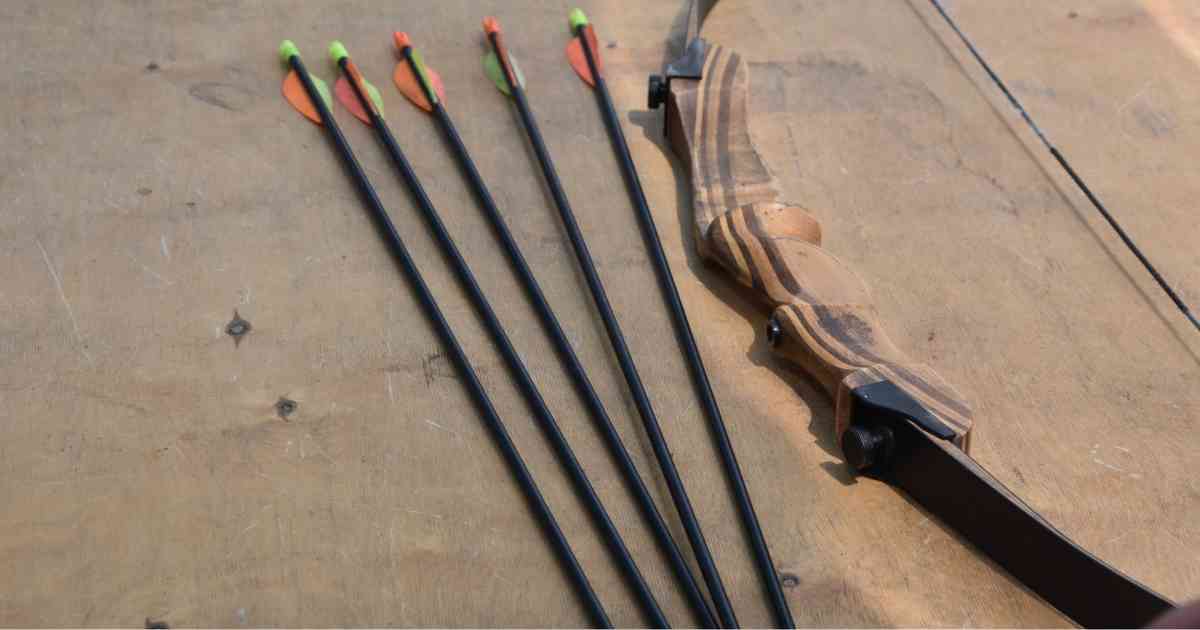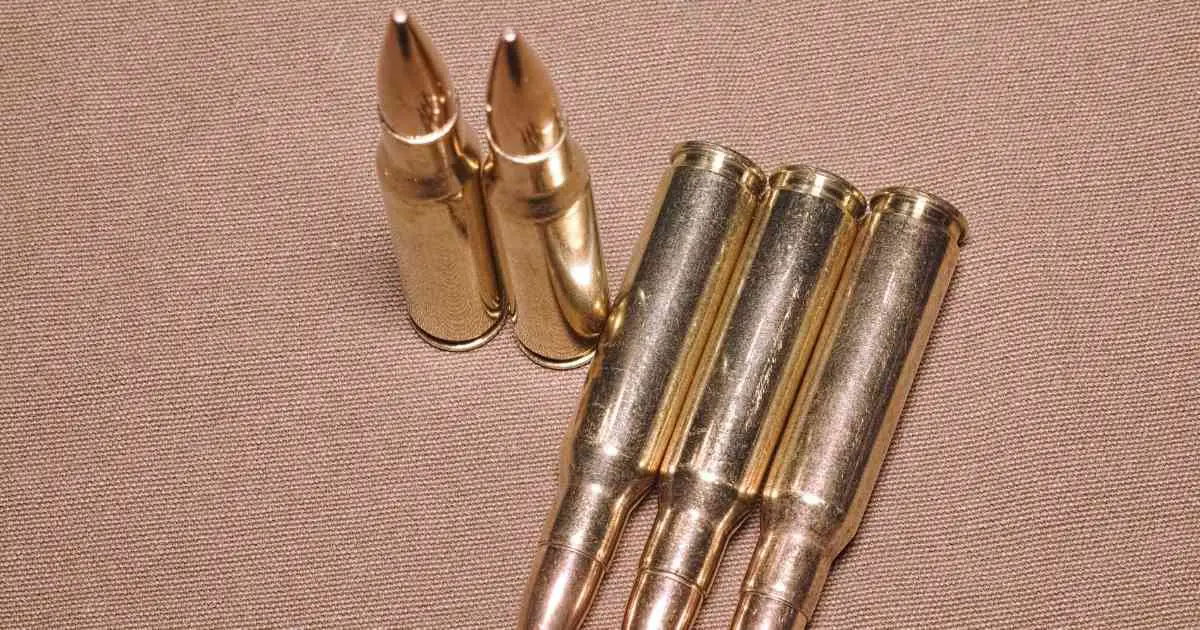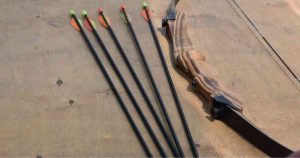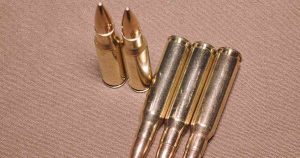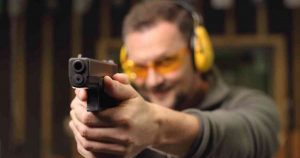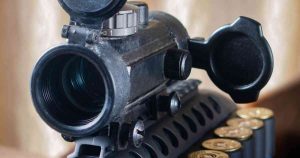While there are three basic types of broadheads, there are quite literally hundreds of options available for the eager crossbow hunter willing to explore. Depending on how much time you have on your hands, you could log into any hunting forum and propose a debate on which one is the best crossbow broadhead for deer hunters.
As surely as the day will break tomorrow, you will have hundreds of conflicting opinions based on each hunter’s personal preferences and experiences.
Yes, crossbow broadheads are a popular part of any archery hunting gear, but which ones are the best? Why are there so many configurations, and which ones work best with what kind of hunting?
Since every crossbow hunter has their own preferences and quite frankly, the combination of crossbow and arrows are quite literally as vast as the number of hunters prowling any local woods, the truth is that finding a single answer to the question: “Which crossbow broadheads are the most lethal?” is not only a tall order but it might very well be a Herculean task.
However, that doesn’t mean that we can’t look at the pros and cons of each of the three main types and try to come up with an educated conclusion based on your specific hunting needs.
We are strictly going to focus on the structural and aerodynamic properties of the different types of broadheads on the market instead of wading into the deeper, murkier waters that are their traits, durability, blade sharpness, and such other qualities.
Also Read: Best Crossbow Target for 2020 [Our Reviews and Comparisons]
Fixed-Blade Broadhead
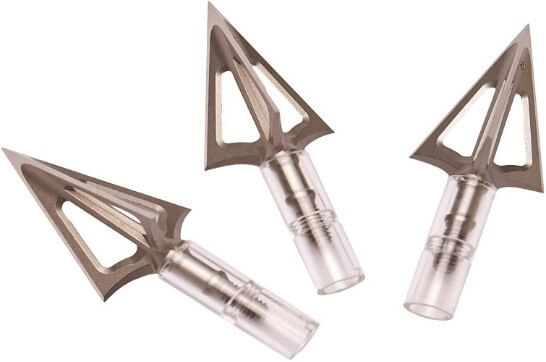
Perhaps the most reliable and deadliest of the bunch, fixed-blade broadheads have quite literally been around forever. Think back centuries ago when Native Americans were bringing down big game with nothing but flint-knapped arrowheads – those were excellent examples of fixed-blades. This type of arrow works!
More than that, they work to a deadly degree. One of the biggest selling points is that they can out-penetrate any other type of arrowhead you pit against it. This also means that they have a much higher pass-through shots rate. This, in turn, means that you get an entrance and exit hole that ensures consistent blood trails on your hunt.
As awesome as they are, fixed blades have one huge downside: they tend to veer in flight. This is mostly due to their exposed blade surfaces. There is, however, a way you can overcome this downside – get the right arrowhead from the right manufacturer.
Today, more aerodynamic and compact models minimize this veering off-target issue while in flight. Unfortunately, these more aerodynamically advanced compact arrowheads have less cutting volume than other options such as mechanical broadheads. That’s why the latter has become a bit more popular over the years.
Mechanical
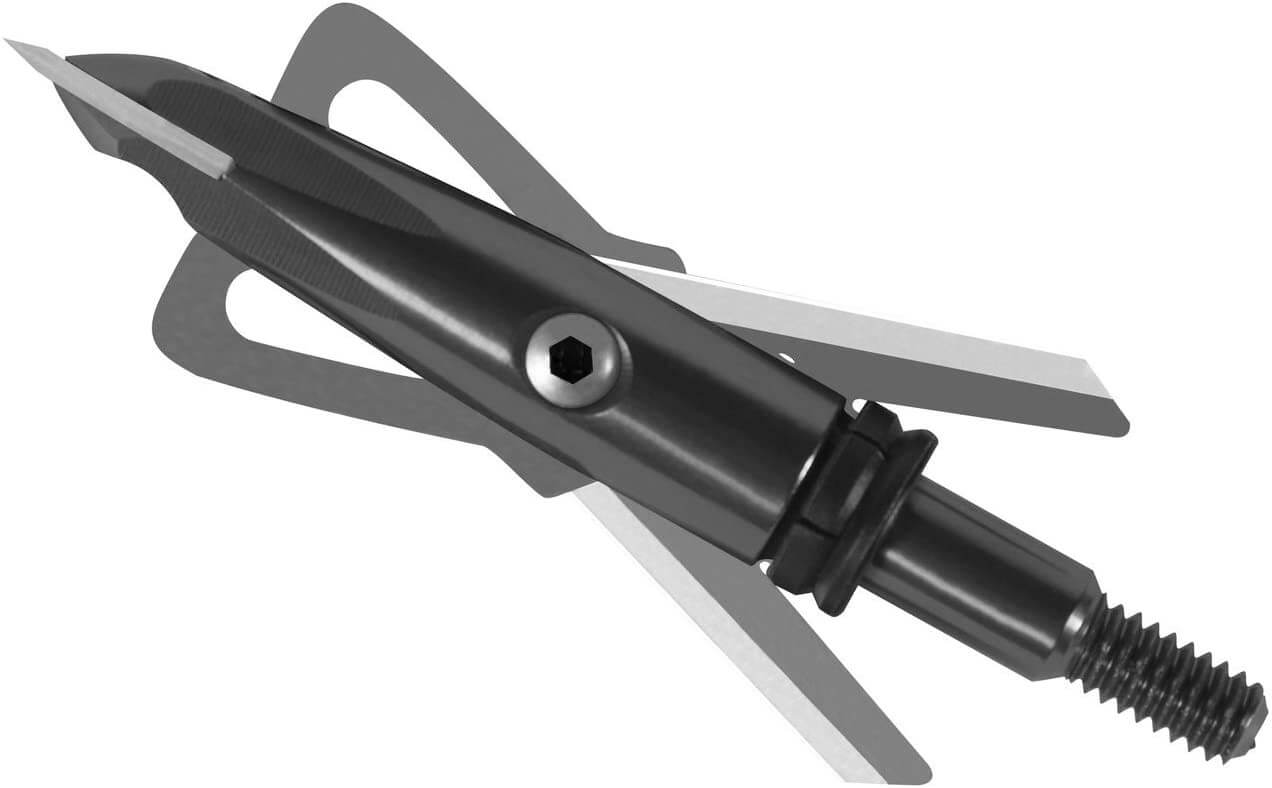
Mechanical arrowhead is undoubtedly much bigger than their fixed-blade counterparts. That’s one of the main reasons why bow hunters are slowly but surely leaning towards this option nowadays. This single characteristic means that the arrow has a wide-cutting swath, which goes a long way in inflicting extremely devastating wound channels that let out copious amounts of blood, meaning your prey will be brought down faster and probably within sight. They are also a bit more accurate and faster.
However, just like their fixed-blade counterparts, mechanical arrowheads also have a few cons to their name. For one thing, some blades tend to malfunction and not open properly when shot. There are also a few reports of the arrowhead ricocheting off the bone when shot with enough power.
This is also another issue: this type of crossbow arrow needs you to use far more energy to properly initiate the blade deployment. Finally, many of these blades are designed to only open after penetration, which means that you will have a little entrance wound that doesn’t facilitate much blood loss.
Hybrid

As is probably to be expected, an avid hunter somewhere came to the same conclusion that you have most likely come to right now: why not just make a hybrid of both arrows that don’t have any of the flows? That’s exactly what happened. Hybrid arrowheads take the best of both worlds and put it all in one design. While the original hybrid arrowheads weren’t received with much jubilation, recent designs are more functional.
These arrowheads were designed to provide the perfect solution. To achieve this, the blades have two fixed cutting edges designed to penetrate extremely well. They are, however, small enough to bolster amazing speeds during flight.
These edges are combined with two foldout mechanical blades, which produce a huge gaping wound channel on your prey. Finally, it has an upfront cutting portion, which is fixed. This portion is designed to alleviate any energy losses that might occur during flight.
Which is the Deadliest Broadhead?
The simple answer to this question is that “it depends”! It depends on a wide range of factors such as the crossbow you are using, your hunting setup, and your personal hunting abilities (you know, your ability to take high-percentage shots).
Let’s take a quick look at the different scenarios that might steer you towards one broadhead and not the others:
- Light and heavy setup: To increase lethality, you need a setup that allows you to puncture both lungs. This means that the kind of bow and crossbow arrow combination you use will be determined by the kind of game you are hunting. If you are going after deer, you might want to use a bow that draws 60 pounds combined with a large 1¾ to a 2¼-inch mechanical arrowhead. The bigger your game, the more weight you need.
- Shooting conditions: Broadheads have been known to backfire off the bone and hide depending on the angle you take. Since shooting conditions will never be ideal, the best arrows to go for are some fixed and some mechanical options. However, which ones in particular, will come down to your personal tests and the kind of conditions you often find yourself shooting in by large.
- Accuracy in windy conditions: When it comes to shooting in windy conditions, mechanical broadheads tend to do better than fixed-blade. However, how accurate these arrows are depends on many factors, including arrow flight time, the strength of the wind, and your personal shooting prowess.
Here is a video showing you how the different types of broadheads work on shoulder blades:
So, which one is the deadliest? Again, it depends. You must consider a broadhead to give you the very best results in the worst possible shooting conditions.



